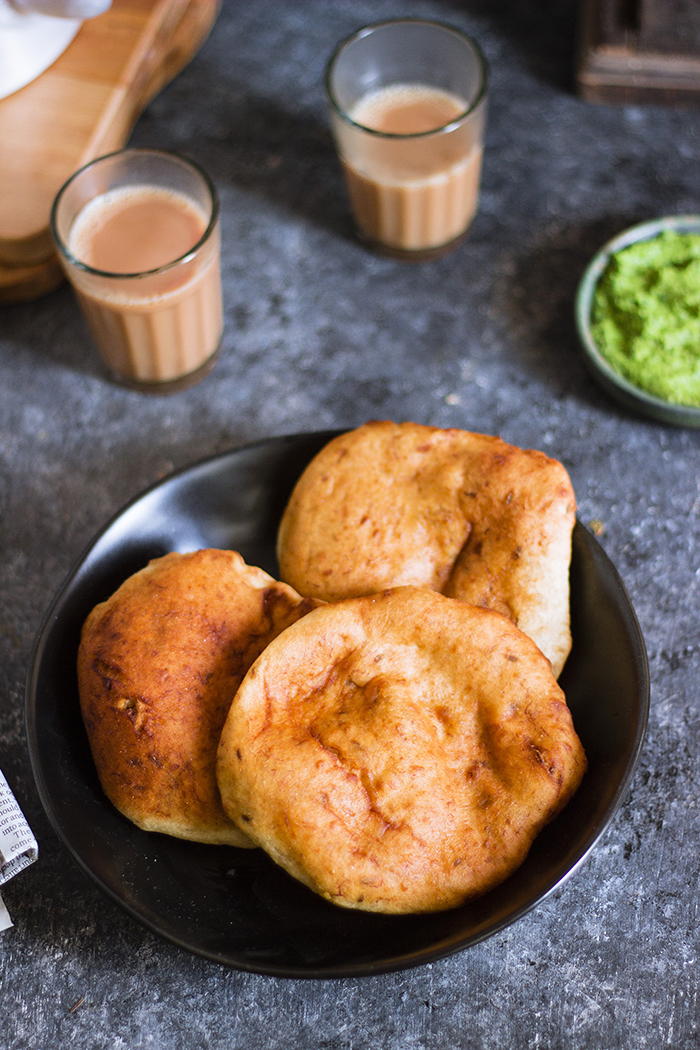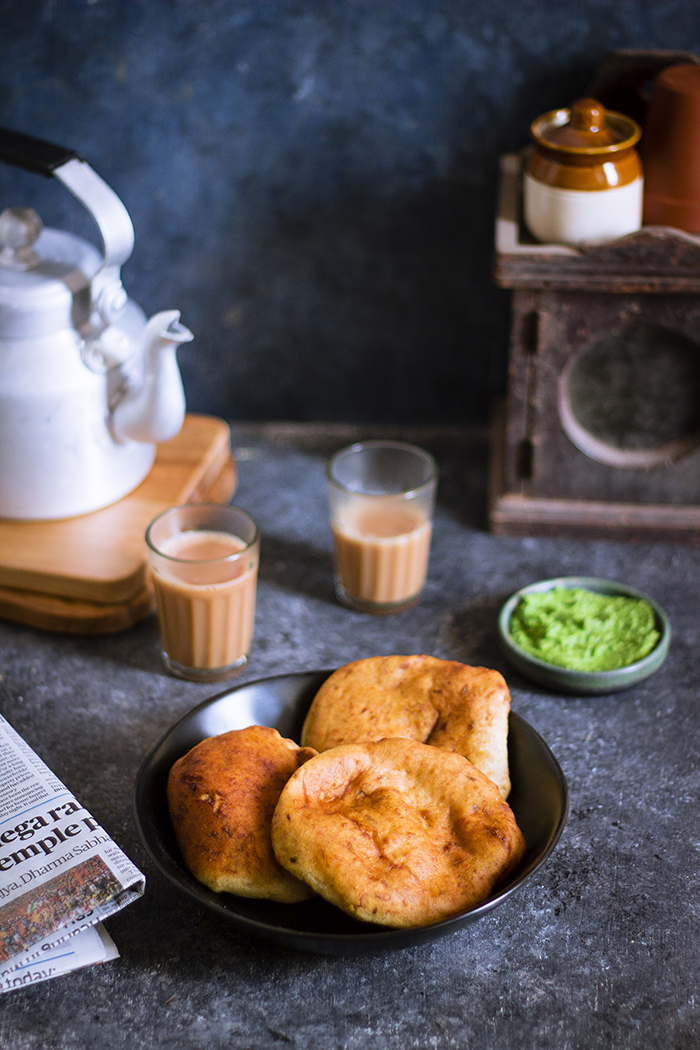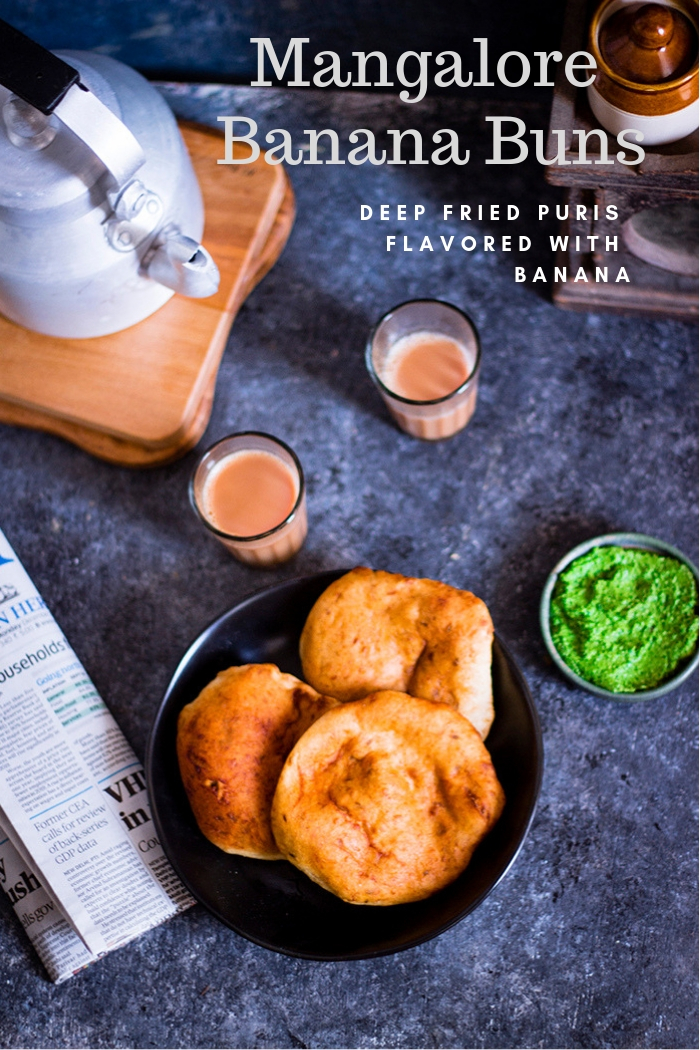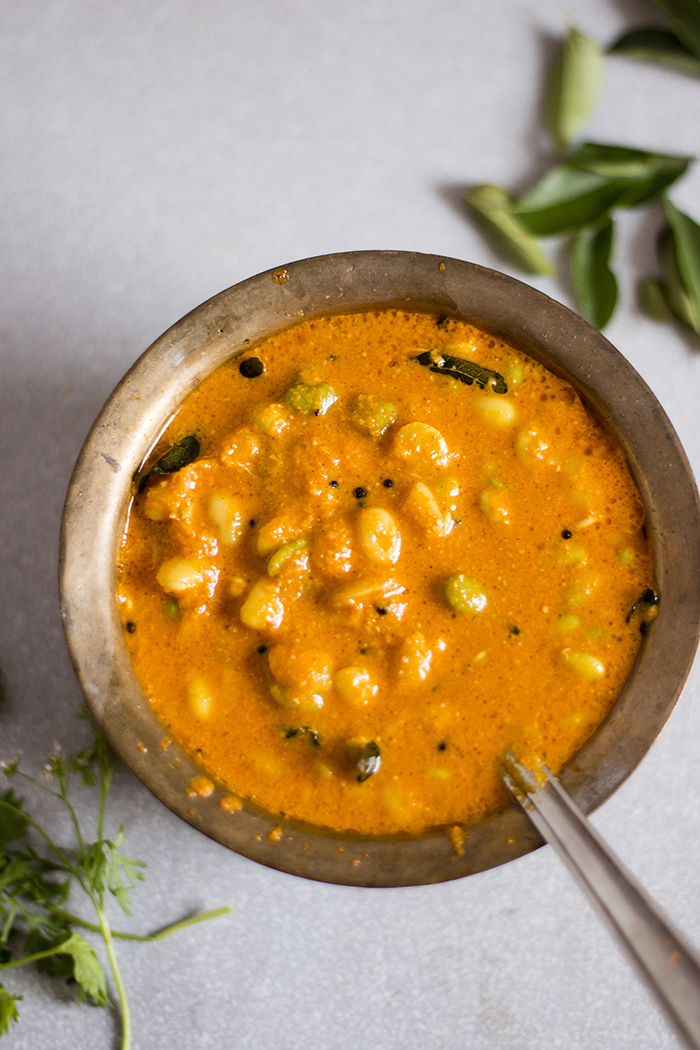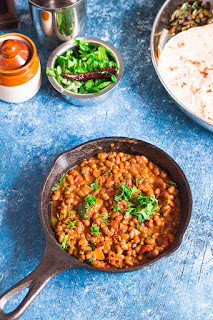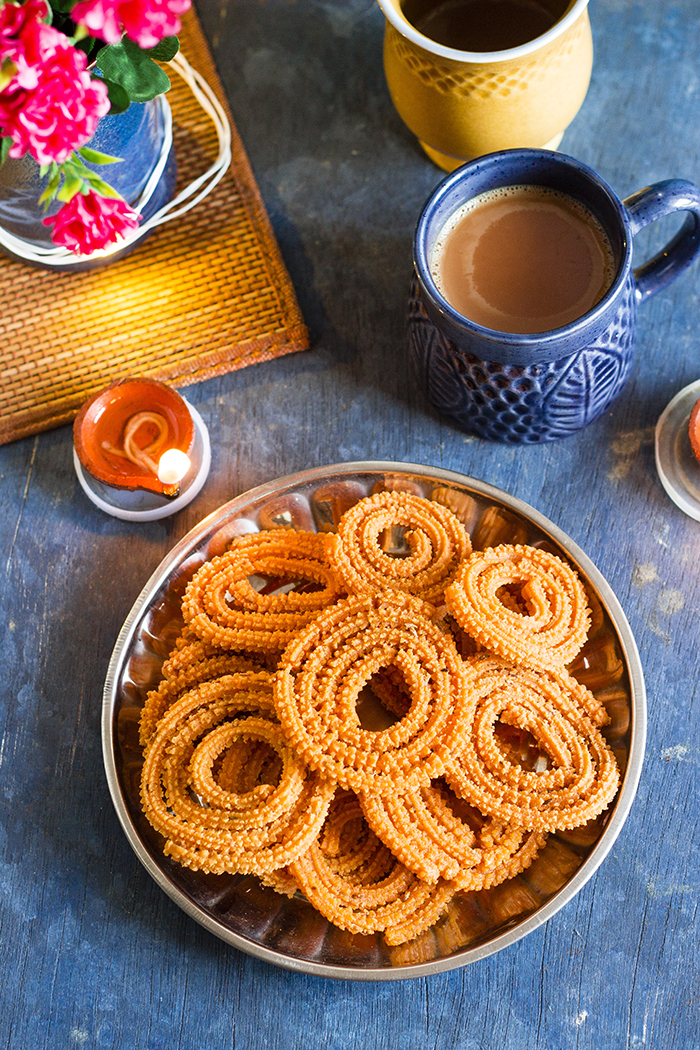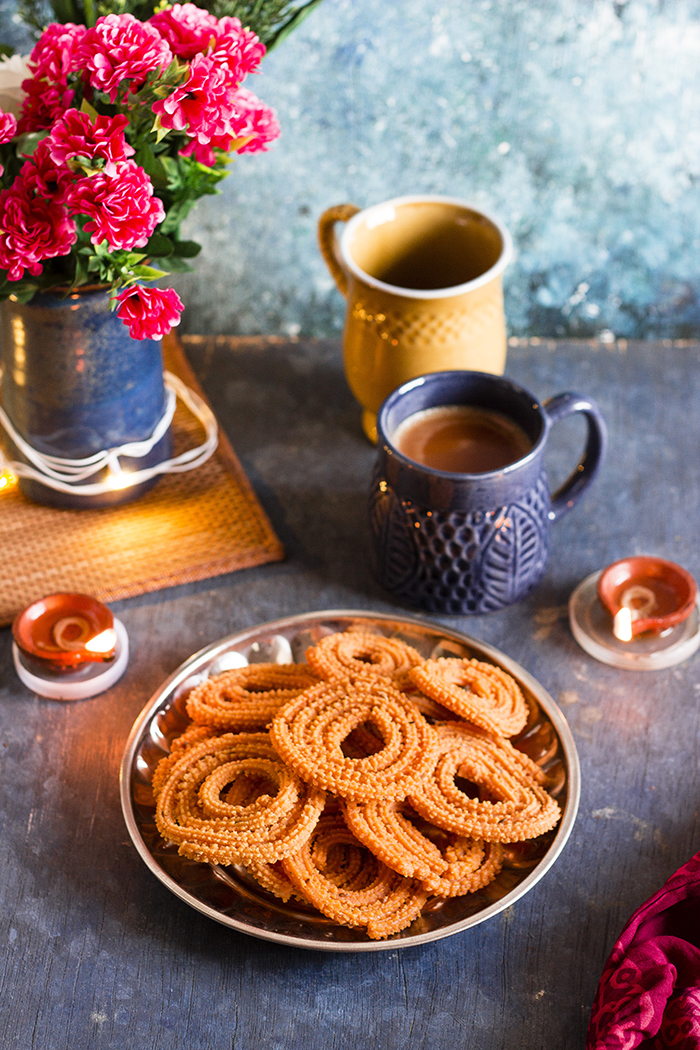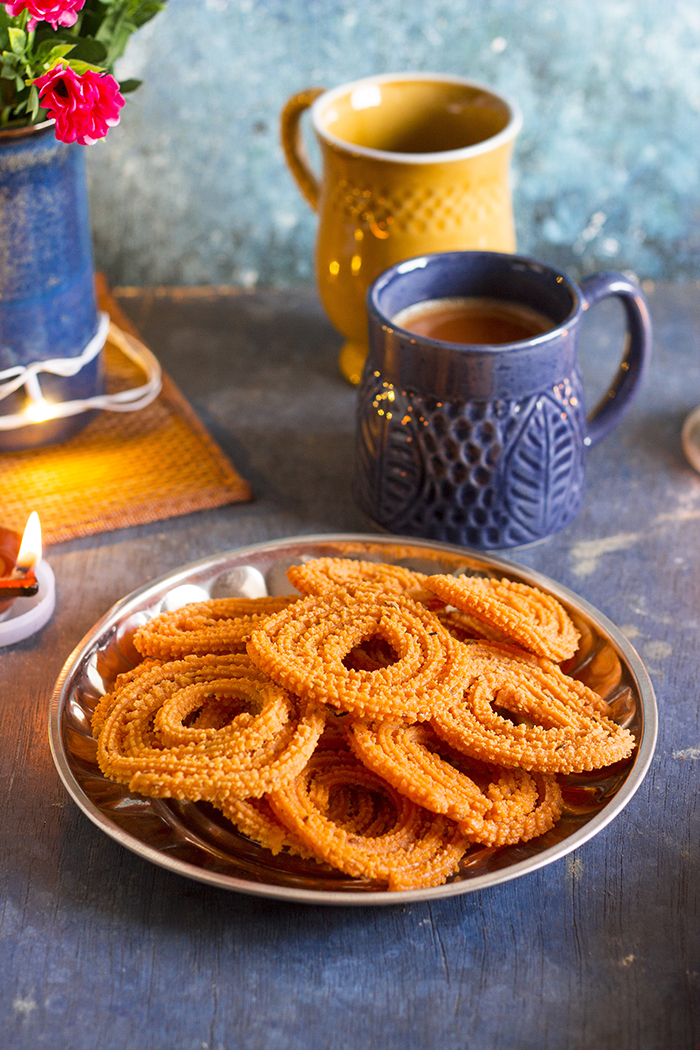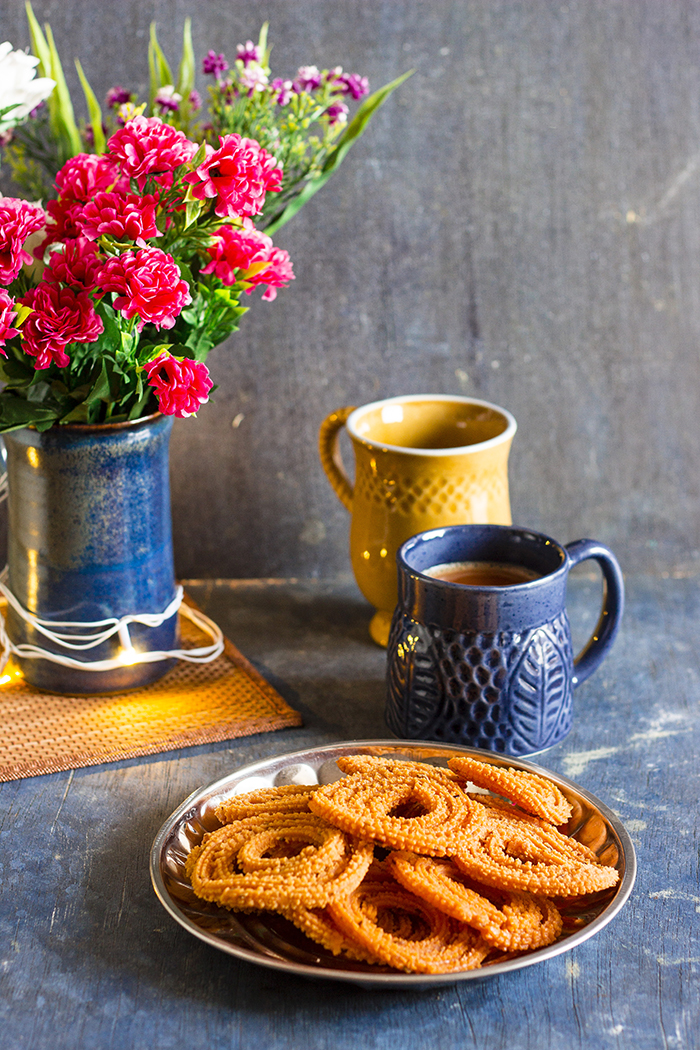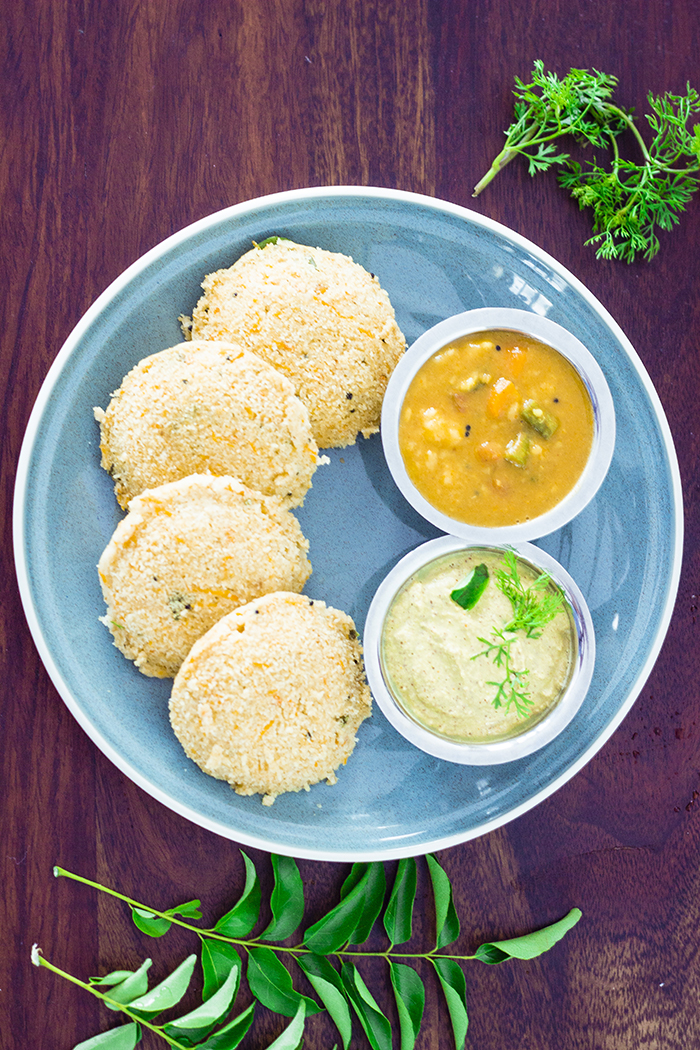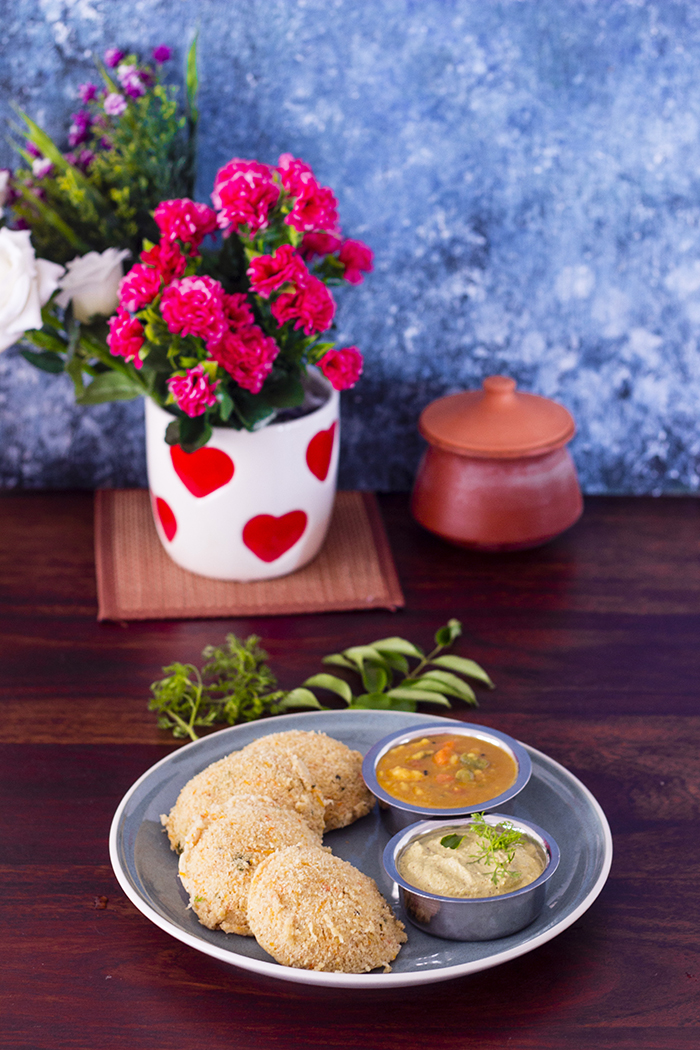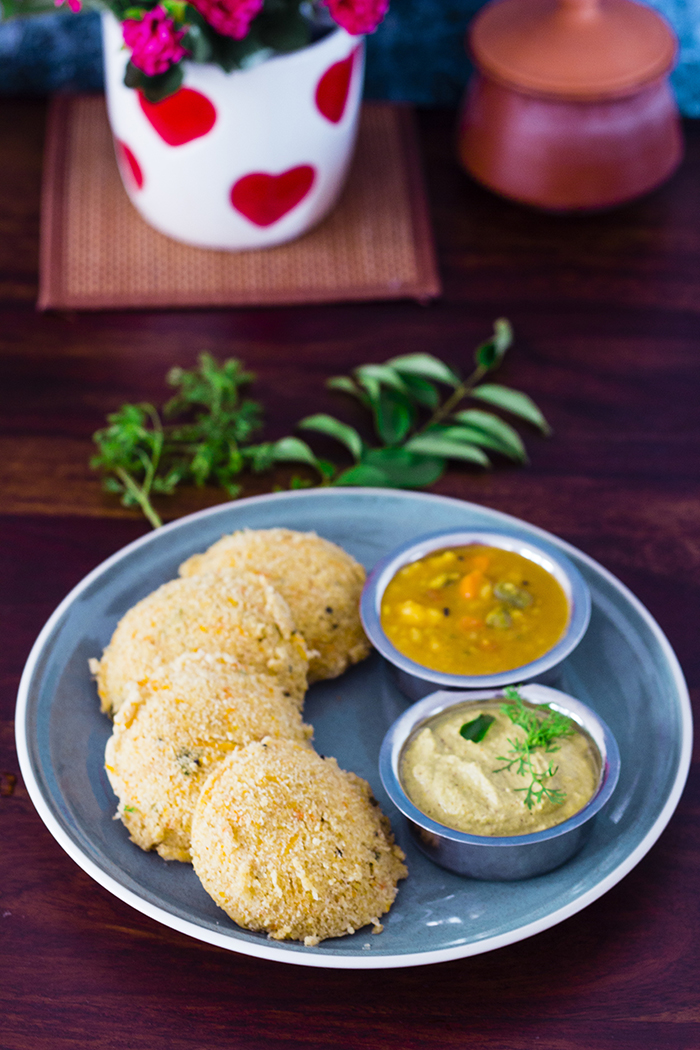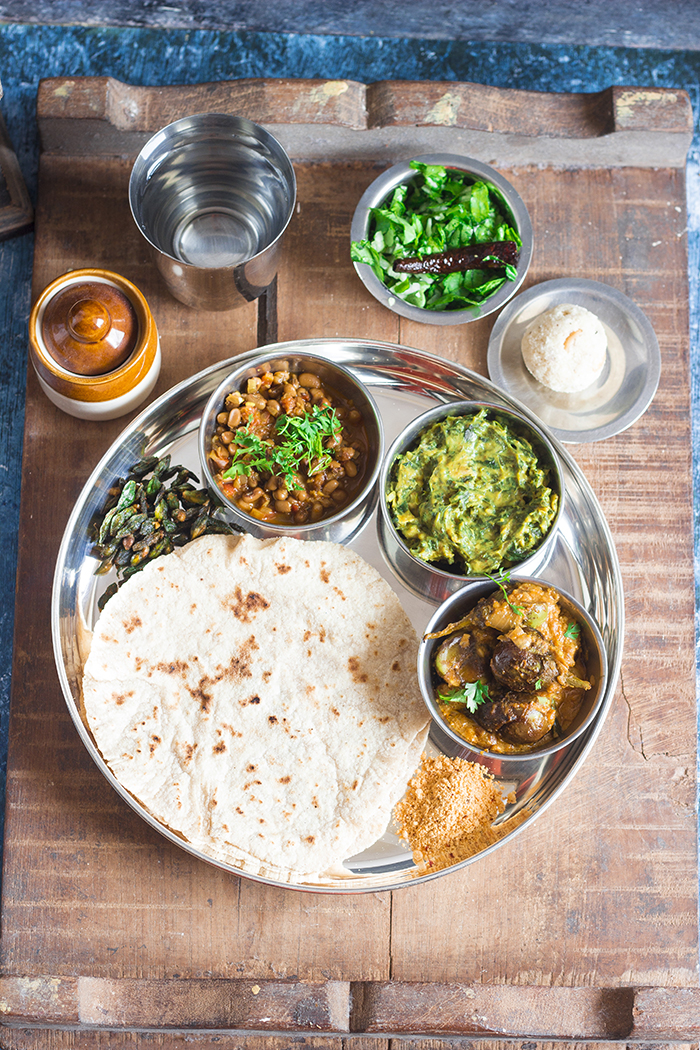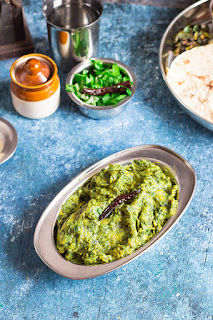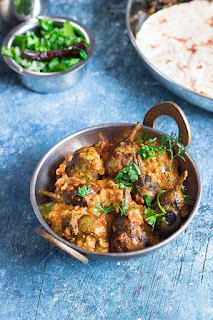Mangalore Buns or Banana Buns are deep fried slightly sweet puris flavored with ripe bananas.
These Mangalore buns are vegan and are popularly enjoyed as breakfast or tea time snacks.
In a hurry? Jump to Video or Jump to Recipe
These Mangalore buns are vegan and are popularly enjoyed as breakfast or tea time snacks.
In a hurry? Jump to Video or Jump to Recipe
Hi Peeps, how are you doing? All set for the holiday season? Plans made with family?
Holidays with family are the best, aren't they? You create so many memories that you can feel nostalgic about in the future. Most of my favorite memories are of vacations with my family. This dish of Mangalore Buns features prominently in one of my childhood vacation memories.
Memories....
Early in the 90's Indian Railways started changing all meter gauge trains to broad gauge and that meant that trains were no longer accessible to the general public. Until then, we always traveled by train to my grandma's house, a tiny village near the city of Mangalore. Then started the days of bus travel. Since the village was so tiny, there was no direct bus from Goa. We had to alight at the closest point and wait for a connecting bus, all at 5am in the morning. While waking up that early was a torture, there was a silver or rather golden lining there. Before the first connecting bus arrived, a small restaurant would open its doors and start selling breakfast and these golden Mangalore Buns were always on the menu. My mom introduced us to these buns, and what an introduction it was. My love affair with these Mangalore Buns started back then!
Till today, when we are around Mangalore, we go in search of tiny restaurants that make fresh buns. If you want to know some of my favorite places, ask me in comments.
What is not to love? The buns are banana flavored and deep fried. They are more like Banana Puris. Mildly sweet with specks of cumin all over, they are just super delicious. Mangalore Buns are one of the only sweet breakfast that I enjoy, otherwise, I'm a savory breakfast girl. Mangalore Buns are commonly served with a simple coconut chutney and a piping hot sambar.
Traditionally, all purpose flour or maida is used to make the Mangalore Buns. But I usually use 50% all purpose flour and 50% wholewheat flour (atta). I've made it also with 100% wholewheat flour and it did not absolutely take away from the flavor, the texture however wasn't as spongy and the bins were slightly flat. I still did not mind that, they still tasted amazing. The dough can be rested overnight if the temperature is lower, else you can rest it in the fridge in warmer weather. These buns are a perfect way to use overripe bananas that you may have discarded otherwise. Ripe to overripe bananas work best in this recipe. Serve the buns with chutney or just plain.
Go ahead, make them this holiday season, and create your own special memories.
Fun fact - No matter whether it is just one bun or multiple, it is always called "buns".
If you made this recipe, let me know! Leave a comment here or on Facebook, tag your tweet with @oneteaspoonlife on Twitter and don't forget to tag your photo #oneteaspoonoflife on Instagram. You can also email me at onetspoflife@gmail.com I'd love to see what you are upto.
If you like this recipe, do not forget to share it with your friends and family!
Video Recipe
--------------------------------------------------------------------------------------------------------------------------
Mangalore Buns Recipe | Banana Buns Recipe

Mangalore buns are banana flavored deep fried buns made from either all purpose or whole wheat flour. These vegan buns are a popular breakfast around the city of Mangalore.
Recipe Type: Breakfast
Cuisine: Indian
Prep Time: 2.5 Hours (includes dough resting time)
Cook time: 20 minutes
Total time: 3 Hours
Yield: Makes 10-12
Ingredients:
2 ripe Bananas
0.25 cups Curd (Yoghurt)
3 cups All Purpose Flour or Wholewheat Flour
3 Tbsp Powdered Sugar
0.25 tsp Salt
A pinch of Baking Soda
1 tsp Cumin Seeds
Oil to fry
Method:
1. Mash the bananas with powdered sugar until smooth.
2. Add in the cumin seeds, whisked curd, baking soda and salt. Mix well.
3. Add in the flour and knead into a stiff dough.
4. Apply a little oil on the dough to prevent it from drying. Cover and rest for 2-4 hours. The dough can be rested overnight too. If the weather is warm, rest in the fridge.
5. Dust the kitchen counter with some dry flour.
6. Pull out a ball of dough and roll it out on the dusted counter.
7. Heat oil for deep frying.
8. Carefully drop in the rolled out buns and fry on medium high heat until one side browns.
9. Flip over and fry until the other side browns.
10. Remove from oil and place it onto a absorbent kitchen towel to cool.
11. Serve hot or at room temperature with chutney.
If you liked this, you may also like:

